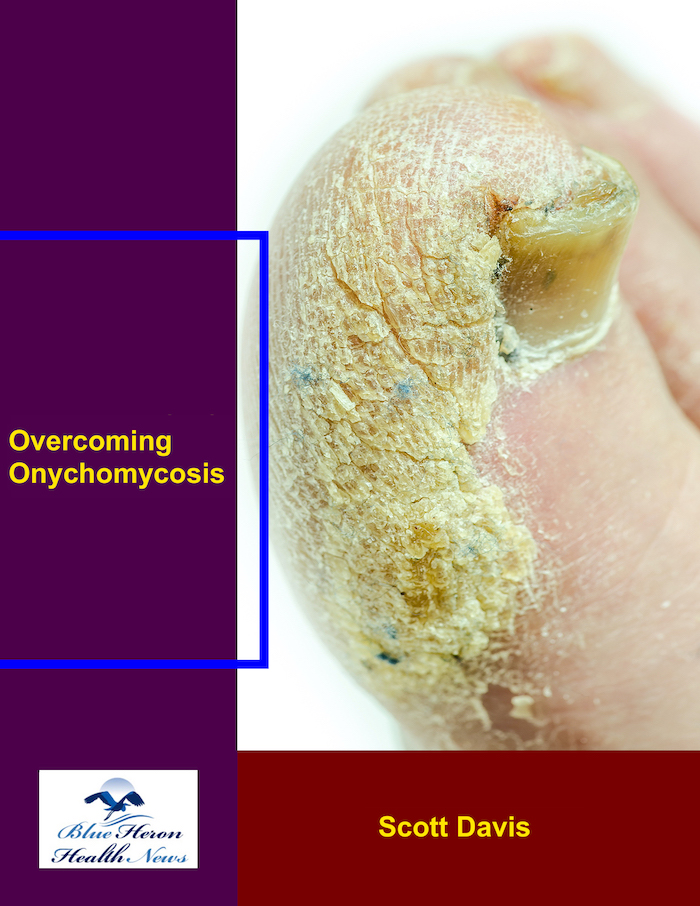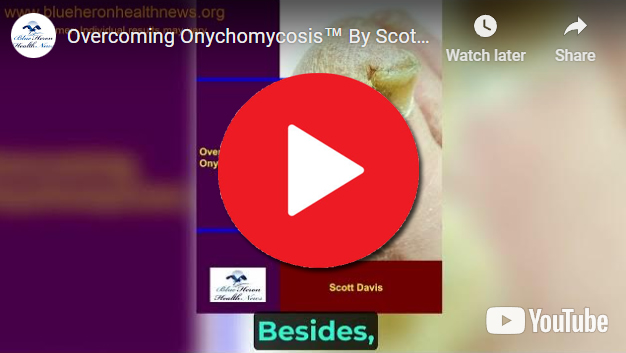
Overcoming Onychomycosis™ By Scott Davis It is a simple, natural, and all-in-one solution for onychomycosis. The program can help you to treat your nail fungus naturally. Once you follow this program, you do not need to spend on expensive treatments to prevent a recurrence. In brief, you can have a proven solution for your chronic nail fungus. Besides, the program is easy to follow, and most users find it effective against onychomycosis.
What are the common treatments for onychomycosis?
Onychomycosis, a fungal infection of the nails, can be challenging to treat due to the hardy nature of the fungi and the difficulty of penetrating the nail bed with medications. The choice of treatment depends on factors such as the severity of the infection, the type of fungus involved, the number of affected nails, and the patient’s overall health. Here are the common treatments for onychomycosis:
1. Topical Antifungal Treatments
Description:
Topical treatments are applied directly to the affected nails and surrounding skin. These include creams, ointments, gels, and medicated nail lacquers.
Common Medications:
- Ciclopirox (Penlac): A medicated nail lacquer applied daily for several months.
- Efinaconazole (Jublia): A topical solution applied daily for 48 weeks.
- Tavaborole (Kerydin): Another topical solution applied daily for 48 weeks.
Pros:
- Non-invasive and easy to apply.
- Fewer systemic side effects compared to oral medications.
Cons:
- Often less effective for severe infections or infections that have penetrated deep into the nail bed.
- Requires consistent and prolonged use.
2. Oral Antifungal Medications
Description:
Oral antifungal medications are taken by mouth and work systemically to eradicate the fungal infection.
Common Medications:
- Terbinafine (Lamisil): Typically prescribed for 6 weeks for fingernails and 12 weeks for toenails.
- Itraconazole (Sporanox): Often given in pulse doses (taken for a week each month) for 2 to 3 cycles.
- Fluconazole (Diflucan): Another option, often used in cases where other medications are contraindicated.
Pros:
- More effective than topical treatments, especially for more severe or widespread infections.
- Can reach the infection under the nail bed more effectively.
Cons:
- Potential for systemic side effects, such as liver damage, gastrointestinal issues, and interactions with other medications.
- Requires regular monitoring of liver function and other parameters.
3. Laser and Light-Based Therapies
Description:
Laser and light-based treatments use focused light or laser energy to penetrate the nail and destroy the fungi.
Types:
- Laser Therapy: Uses lasers that emit high-intensity light to heat and destroy fungal cells.
- Photodynamic Therapy: Combines a photosensitizing agent with light exposure to kill fungal cells.
Pros:
- Non-invasive with minimal discomfort.
- No systemic side effects.
Cons:
- The effectiveness of laser treatments is still under research, and results can vary.
- Often requires multiple sessions and can be costly.
4. Nail Removal
Description:
In cases where the infection is severe and other treatments have failed, surgical or chemical removal of the nail may be necessary.
Types:
- Surgical Nail Removal: The entire nail or part of it is surgically removed to treat the underlying infection and allow for direct application of topical antifungal agents.
- Chemical Nail Removal: Application of urea cream to soften and dissolve the nail.
Pros:
- Can provide immediate relief from pain and reduce the fungal load.
- Allows direct treatment of the nail bed.
Cons:
- Invasive and can be painful.
- Requires proper wound care and healing time.
5. Home Remedies and Over-the-Counter (OTC) Products
Description:
Various home remedies and OTC products claim to treat onychomycosis. Common substances include tea tree oil, vinegar, Vicks VapoRub, and various natural antifungal products.
Pros:
- Readily accessible and often inexpensive.
- Generally safe when used appropriately.
Cons:
- Limited scientific evidence supporting their effectiveness.
- May be insufficient for moderate to severe infections.
6. Combination Therapies
Description:
Sometimes, a combination of treatments may be recommended, such as using oral and topical antifungal medications together to enhance efficacy.
Pros:
- Can improve treatment outcomes by addressing the infection from multiple angles.
Cons:
- Increased risk of side effects and interactions, especially when combining oral medications.
7. Preventive Measures Post-Treatment
Description:
After successful treatment, preventive measures are crucial to avoid recurrence. These include maintaining good nail hygiene, wearing breathable footwear, and using antifungal sprays or powders.
Conclusion
The treatment of onychomycosis can be lengthy and challenging, often requiring a combination of approaches. The choice of treatment depends on various factors, including the severity and extent of the infection, the type of fungus, and the patient’s overall health. It’s essential to consult a healthcare provider for an accurate diagnosis and appropriate treatment plan. Regular follow-up is also important to monitor progress and prevent recurrence.
Overcoming Onychomycosis™ By Scott Davis It is a simple, natural, and all-in-one solution for onychomycosis. The program can help you to treat your nail fungus naturally. Once you follow this program, you do not need to spend on expensive treatments to prevent a recurrence. In brief, you can have a proven solution for your chronic nail fungus. Besides, the program is easy to follow, and most users find it effective against onychomycosis.
